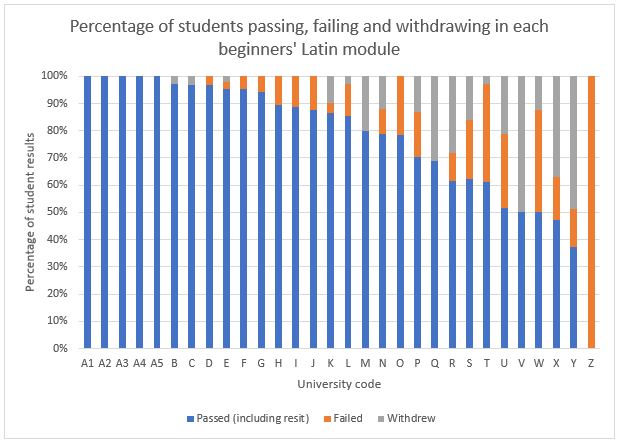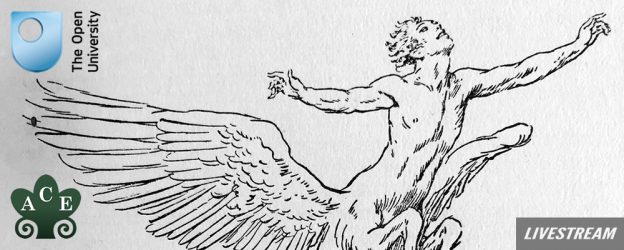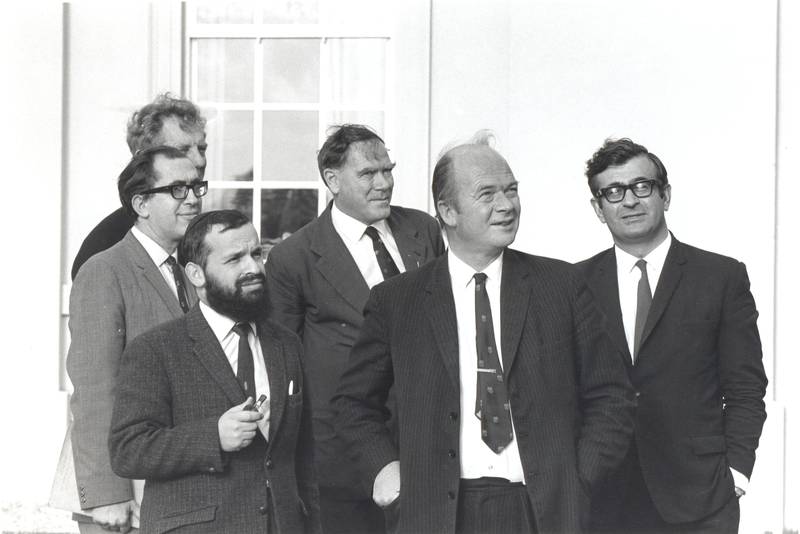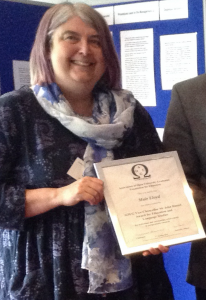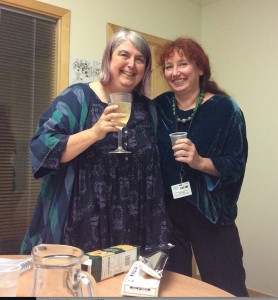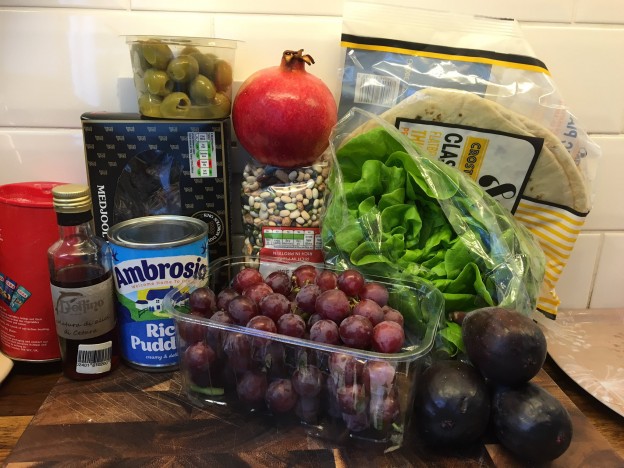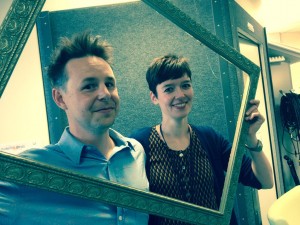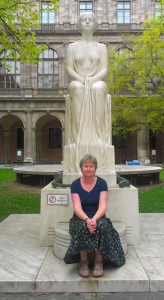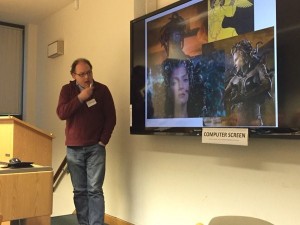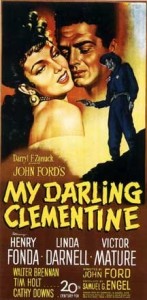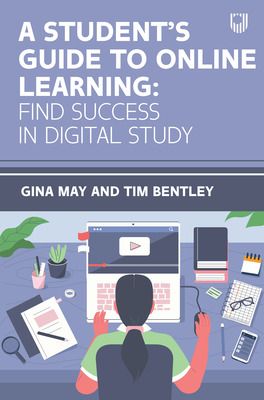
This week we chatted with OU Classicist Gina May about her new book A Student’s Guide to Online Learning published by the Open University Press, which is due to go on sale on 12 August.
Hello Gina! Before we start talking about your book, could you introduce yourself to our readers? How did you get into Classics?
I have been an associate lecturer with the Open University since 2009 and have taught modules at stages 1, 2 and 3 as well as at postgraduate level. Over the years I have also contributed to module content and TMA questions for a variety of Classical Studies modules – it is my dream job! At the same time as teaching for the OU, I also taught in the Classical Studies department at the University of Kent for 10 years but left there 3 years ago to allow time to write and develop my own courses which I teach online as an independent educator. I also do work as a consultant for universities and schools developing online teaching strategies and training staff to teach online.
I first discovered a love of Classics at school because our drama teacher had us reading Greek tragedies and our French teacher had us reading Racine’s versions of the same Greek tragedies, but in French. I also did Latin at school which I loved but did not do any other ancient languages until I went to university as a mature student. Although I had a long gap before starting a degree, I kept reading in the meantime and when my children were in their teens, I did a BA and PhD degree in Classical Studies and loved every single minute! I am a lifelong learner and look enviously at OU modules wishing I could do them all.
What is your daily routine like, in your job as an OU associate lecturer in the Faculty of Arts & Social Sciences?
As associate lecturers we work from home and so I spend most of my days in a summer house at the end of my garden which is great! I teach on 5 modules including A863 and A864 which are the first and second years of the Classical Studies MA. My work includes writing and delivering tutorials, marking TMAs, talking to students via email and on the phone, as well as other general tasks such as monitoring and moderating forums. There is a great feel of camaraderie between the members of the department and although ALs do not go onto the physical campus very often, we still feel very much a part of what goes on and have a great rapport with the central academics.
We are all excited about reading your new book A Student’s Guide to Online Learning! How did you come to write the book?
The book came about because during the pandemic there was such a large shift towards online teaching for both universities and schools. This made me realise that actually, the OU have been doing this really well for years so were well ahead of the game in terms of teaching. However, there was nothing on the market that looked closely at the skills needed for learning online. I started by talking to current and former students asking them what they wished they had known before they started and to tell me about some of the problems they encountered or were encountering along the way. This, combined with the experience of teaching thousands of students both face to face and online, helped to decide on the content.
Who did you write it for? Is your target readership mainly OU students? Who else do you think will benefit from reading the book?
As an AL I had my own students at undergraduate and postgraduate levels in mind a lot of the time, but the content works equally well for any student of an online course whether that is as part of a degree or for work as part of continuing professional development. A lot of the issues are the same such as developing the right persona, conversing with tutors and peers and demonstrating employability skills. The use of social media as a tool for learning and networking is something that is new to many students so this is also covered.
Could you give us a sneak preview of the contents? How is the book structured (and was it difficult to decide how to structure it?)
The chapter headings are: Online Identity and Personas; Learning Online Environments; Accessing Learning and Peer Support; Recognising Strengths and Overcoming Difficulties and Disabilities; Academic Integrity and Employability; Researching Online; Digital Technologies for Online Learning; Using Social Media for Learning Online and Trouble Shooting, Staying Safe Online.
To decide on the structure, I thought about the order in which a student might need to know how to do things and went from there. The book can be used by starting from the beginning and working through to the end but works equally well for just dipping in and out of. Each chapter has advice and practical exercises together with quotes from students who have experience of dealing with the particular issue being talked about.
Which chapter was hardest to write, and why?
The hardest chapter to write was ‘Trouble Shooting’. Current and former students sent me lots of examples of things that had happened to them and how they had resolved the issues. I then had to combine these together with my own experience as a tutor and online student into a format that worked well. I wanted to provide clear advice that would be both helpful and reassuring.
Which is your favourite chapter, and why?
I have two favourite chapters. The first is ‘Recognising Strengths and Overcoming Difficulties and Disabilities’. This is because students tend to focus on the negative, the things that they have done ‘wrong’, cannot do because of a difficulty or disability, or do not know how to do. I wanted to turn this completely on its head and look at how to discover what you can do well, how this is being done and how to enhance it going forward. The chapter also deals with practical issues such as how to use assistive technologies such as screen readers and voice activated software. For me, the important thing about this chapter is that it empowers all students.
My other favourite is ‘Researching Online’ simply because I love research. In this chapter I show how to narrow and deepen a search to avoid falling down rabbit holes that might well provide hours of pleasant reading but that may not actually be very useful. I look at using library catalogues and other data bases as well as what does not form academic content and so should be avoided.
The book is written together with Tim Bentley – could you tell us a bit about this collaborative writing process?
My co-author (and husband) is now a paramedic and paramedic educator but is a former learning technologist who developed and implemented online learning platforms at two large UK universities. Using this expertise, he contributed towards the explanation of how technologies work and can be best used in order to learn online, and what to do when things go wrong. Content includes everything from making sure that your internet connection is secure to how to use the tools in FB and Twitter to enhance learning and to become part of the wider learning community in your discipline.
What is your next project after this book?
I am currently working on a number of projects.
The first is a companion book to A Student’s Guide to Online Learning which is aimed at those who teach online. It looks at the practical skills of online and blended teaching as well as how to write or convert material to do so. This combines my experience of many years teaching online with the wealth of experience that current and former students, and colleagues, continue to share with me.
My other current projects include:
- A book which takes all the vocabulary used for GCSE, AS and A Level Latin and sets out all the tenses of the verbs and the cases of the nouns in full. This is almost finished and will be on Amazon by the end of the summer. I have not quite decided on a final title for this so any suggestions would be gratefully received!
- Academic Practice for Classical and Archaeological Studies which looks at the specific study skills needed in Classical Studies and includes content on using data bases, archaeological reports, coins and standing culture as well as ancient texts. I also look at how to use online dictionaries as a non-linguist and how to work with fragmentary evidence when writing essays and dissertations. As well as all this, the book includes study skills such as critical reading, referencing, structuring written work, constructing an argument and much more.
- A novel for Falcon Books Publishing which is about a little girl who gets lost in the crowds at Epidaurus and grows up in the temple there. I was so inspired by the way that Pat Barker wrote Silence of the Girls and The Women of Troy that I thought I would have a go myself!
I am on twitter @DrGinaMay and have a website: ginamay.co.uk which has details of all the courses that I teach as an Independent Course Provider outside of my work with the OU.
Congratulations, Gina – we can’t wait to read the book!

